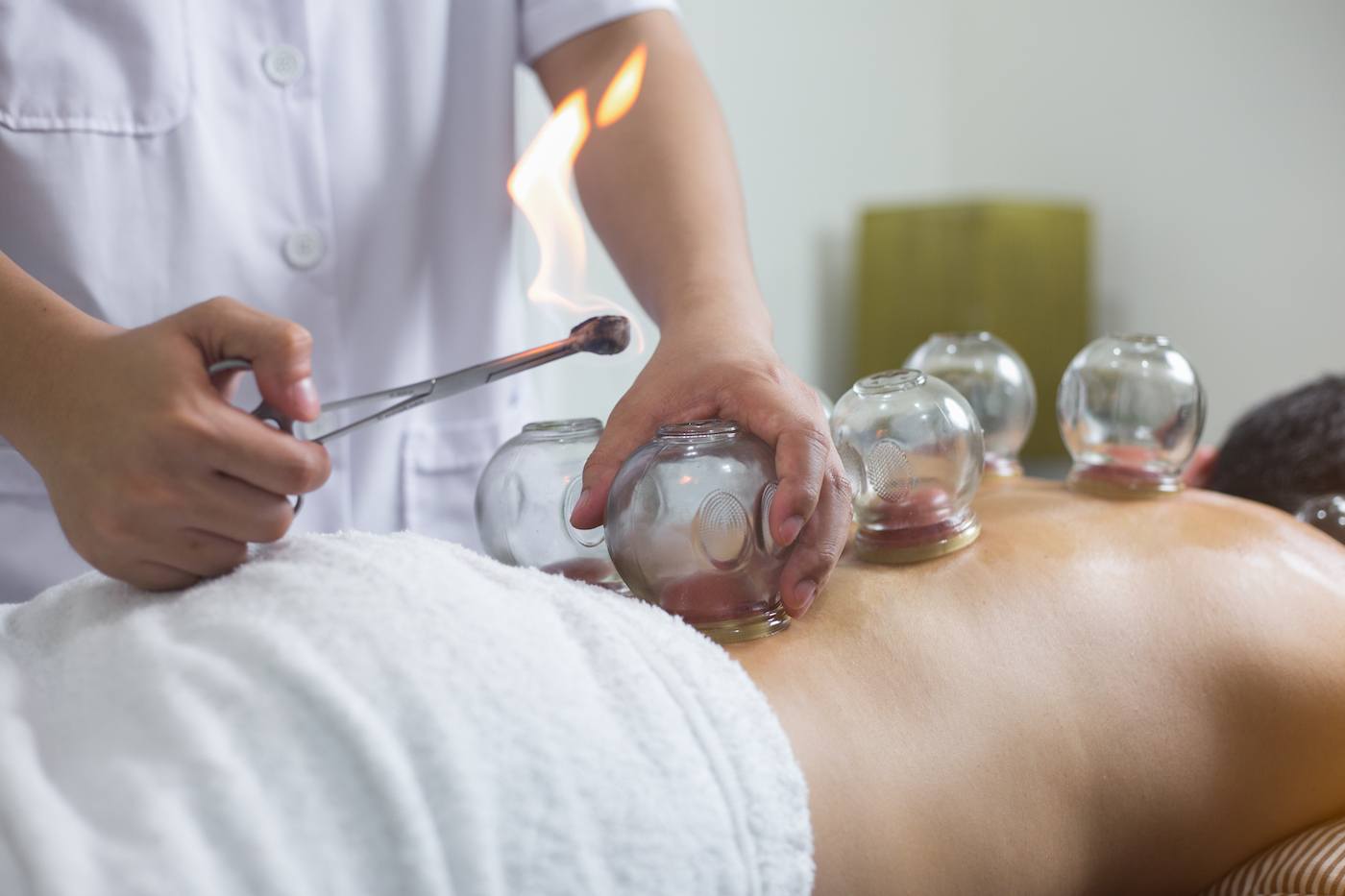How Cupping Can Help Chronic Muscle Tension & Pain
What is cupping?
Cupping is a healing treatment using a vacuum in glass or plastic cups, creating a suction effect on the skin and muscles. The cups are either left stationary or glided over the skin’s surface using massage oil. Cupping feels a lot like a deep tissue massage but isn’t painful. The suction can penetrate up to four inches deep, benefiting internal organs. Cupping often leaves red or purple cupping marks, which will fade away within 2 weeks. Most people find cupping relaxing and refreshing.
Reasons to try cupping
Tight muscles are compressed and have poor circulation, this can lead to the weakening of muscles, pain, posture imbalances, and build-up of toxins. Cupping draws stagnant fluids toward the surface, assisting with detoxification, and it brings in fresh nutrient-rich blood. Cupping provides a gentle sustained stretch for loosening tight muscles and connective tissue adhesions. It also clears “heat” or inflammation. Cupping is traditionally used at the base of the neck for common colds and fevers. Additionally, cupping soothes the nervous system, so it can be helpful for stress, anxiety, and insomnia.
Most commonly, people get cupping for tight muscles and pain in the back, shoulders, neck, jaw, legs, or arms. Cupping can also be used for improving lung health; such as for asthma or during a common cold. Cupping can also help with headaches, sluggish digestion, breast milk production, and menstrual cramps.
Cupping for myofascial release
The word ‘myofascial’ has two parts. ‘Myo’ means muscle and ‘fascial’ means fascia. Fascia is a network of elastic tissues running through your body. Every muscle has an outer sheath of fascia. This stretchy coating cushions impact and allows muscles to glide over each other. Microscopically, fascia is composed of a three-dimensional network of stretchy fibers. When your fascia is healthy, it is soft and flexible. But when you have an injury, long periods with poor posture, repetitive motion, poor nutrition, or high stress, fascia can become tough and inflexible. Tight fascia can cause pain, a reduced range of motion, and lead to damage of your muscles, joints, and tendons.
Similar to the Myofascial Release massage technique, cupping provides a sustained stretch of the fascia. The long gentle stretch provided by cupping gives time for nutritive fluids to flow into the opened spaces and elongates the fibers.
When working on tight muscles, it helps to think of muscles and fascia like rubber bands. When you stretch them occasionally, they’ll quickly return to their tight position. It’s only when you release tension frequently and improve circulation that you can make lasting changes.
Recommended Course of Treatments
Getting cupping weekly can have a much deeper impact on your health because the effects are cumulative. If you get cupping only once, the pain and tension relief typically lasts for 3-5 days. Occasionally a single treatment will have lasting results, but often symptoms return. Weekly cupping for eight to twelve weeks is recommended for sustained improvement in muscle and connective tissue health.
Written by Rhea Dykoski L.Ac

